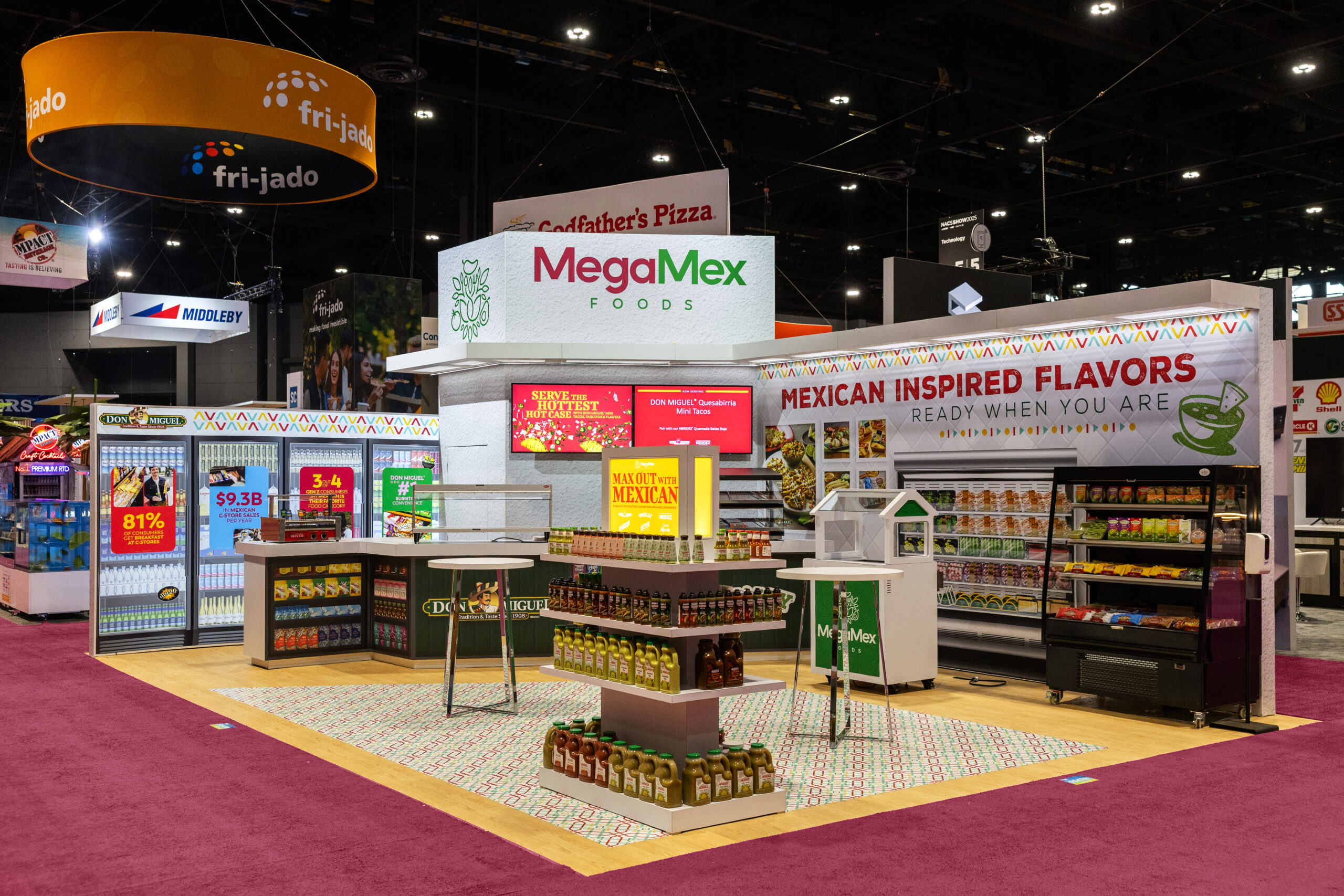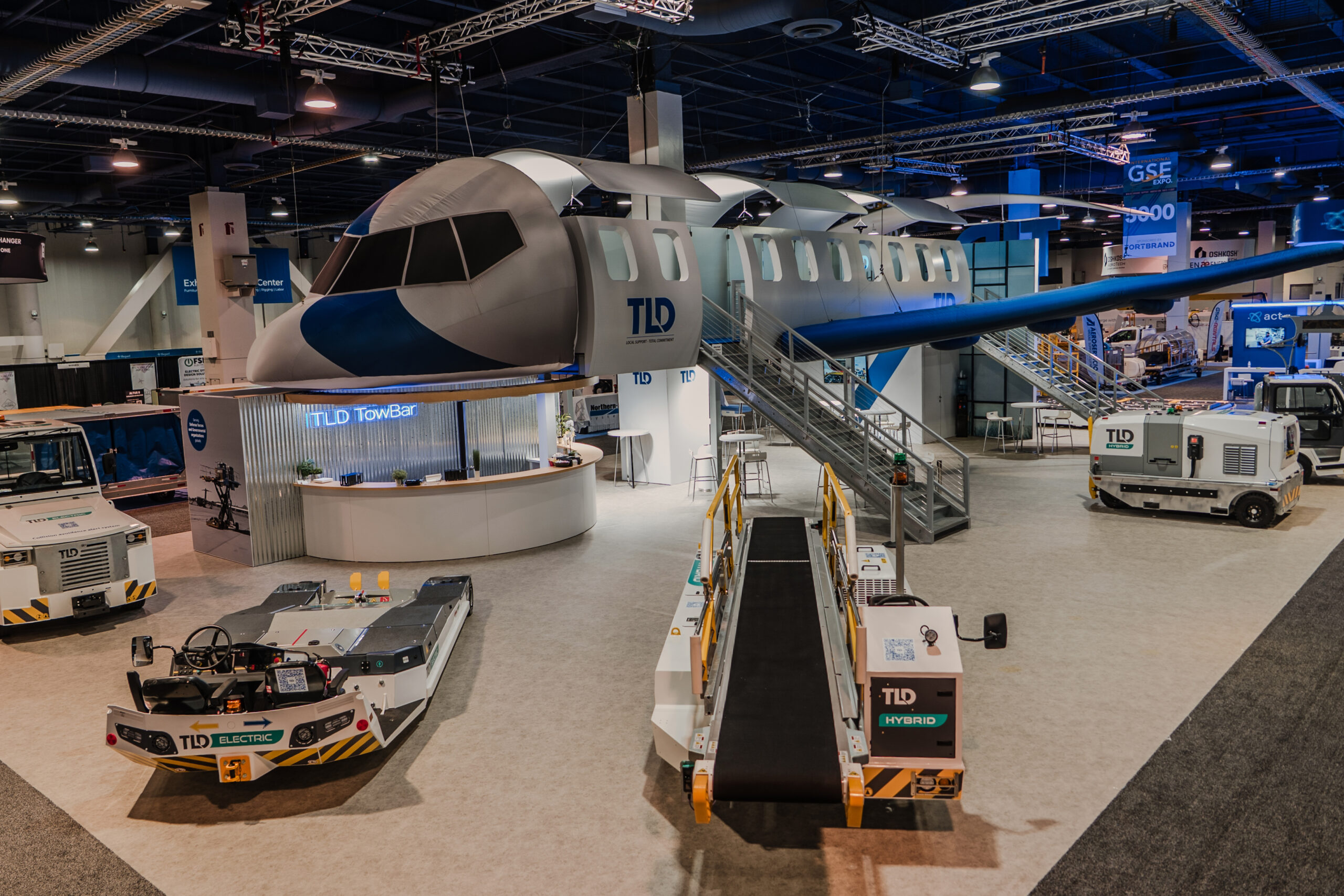Trade shows can be a goldmine for small businesses, but without proper preparation, they’re just a money pit. Instead of setting fire to your budget, follow these four tips to get the most out of your next show.
- Set Clear Goals
Define what you want to achieve. Are you chasing sales, new leads, or suppliers? Choose trade shows that align with your goals and attract your target audience. Research each show’s objectives and audience to ensure it’s the right fit, especially if competitors will be present.
- Pick the Perfect Spot
Location matters. Don’t expect attendees to hunt you down in the back. Know the specifics of your booth location: Is it high-traffic? Well-lit? Near major attractions? Investing in a prime spot pays off. After all, we skipped the last few rows at a recent Atlanta Gift Show because we were exhausted. Be upfront and center where it counts.
- Advertise Early
Get the word out ahead of time. Use your website, emails, mailed invitations, and social media to invite clients, customers, and suppliers to the show. Provide all details, including your booth number. Make your invitation urgent and irresistible – you want them to feel like they can’t afford to miss you.
- Host a Booth Party
End the day with a bang. Host a late afternoon or “last drink of the day” party at your booth. It’s a memorable way to make a lasting impression on attendees, ensuring they remember you long after the show ends.
Prepare well, and turn your trade show investment into a success story.




